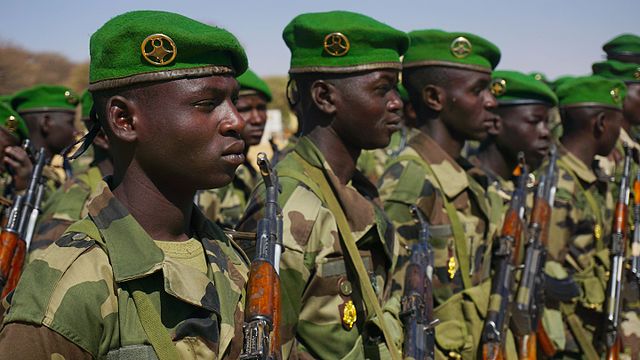
Self-defense Militia Groups in Niger: Risking a Time Bomb

With the encroachment of the Islamic State in the Greater Sahara (ISGS) and al-Qaeda affiliate Jama’at Nusrat al-Islam wal Muslimeen (JNIM) on areas along Niger’s western borders, the Bazoum government in Niger was witnessing the birth of self-defense militia in the regions of Tahoua and Tillabéri. Although the pre-coup Nigerien government had taken steps to manage the Tahoua garde nomade through a system of control, co-optation, and integration into the security forces, it was not doing the same with the zankai in Tillabéri, who are operating autonomously, and who now represent a heavy legacy for the new transition government to deal with. This was due to the government’s lack of relations with zankai leadership, the latter’s decentralized nature, and the perception that they appear to pose less of a political and military threat than the Tuareg militia.
However, experiences in neighboring Mali and Burkina Faso show how, if not properly managed, the formation of ethnic militia presents the risk of a rapid escalation of violence along communal lines. European policymakers should have a granular understanding of these dynamics to ensure that – should they choose to support the transition government in the future – they are aware of the implications regarding self-defense groups. On the other hand, the Nigerien transition government should learn from the previous administration’s co-optation strategy with the garde nomade and apply it to other self-defense groups if it wants to avoid losing control over militia groups such as the zankai.
The rest of this article can be found on the Megatrends Afrika website.
(Photo credit: Wikimedia Commons)